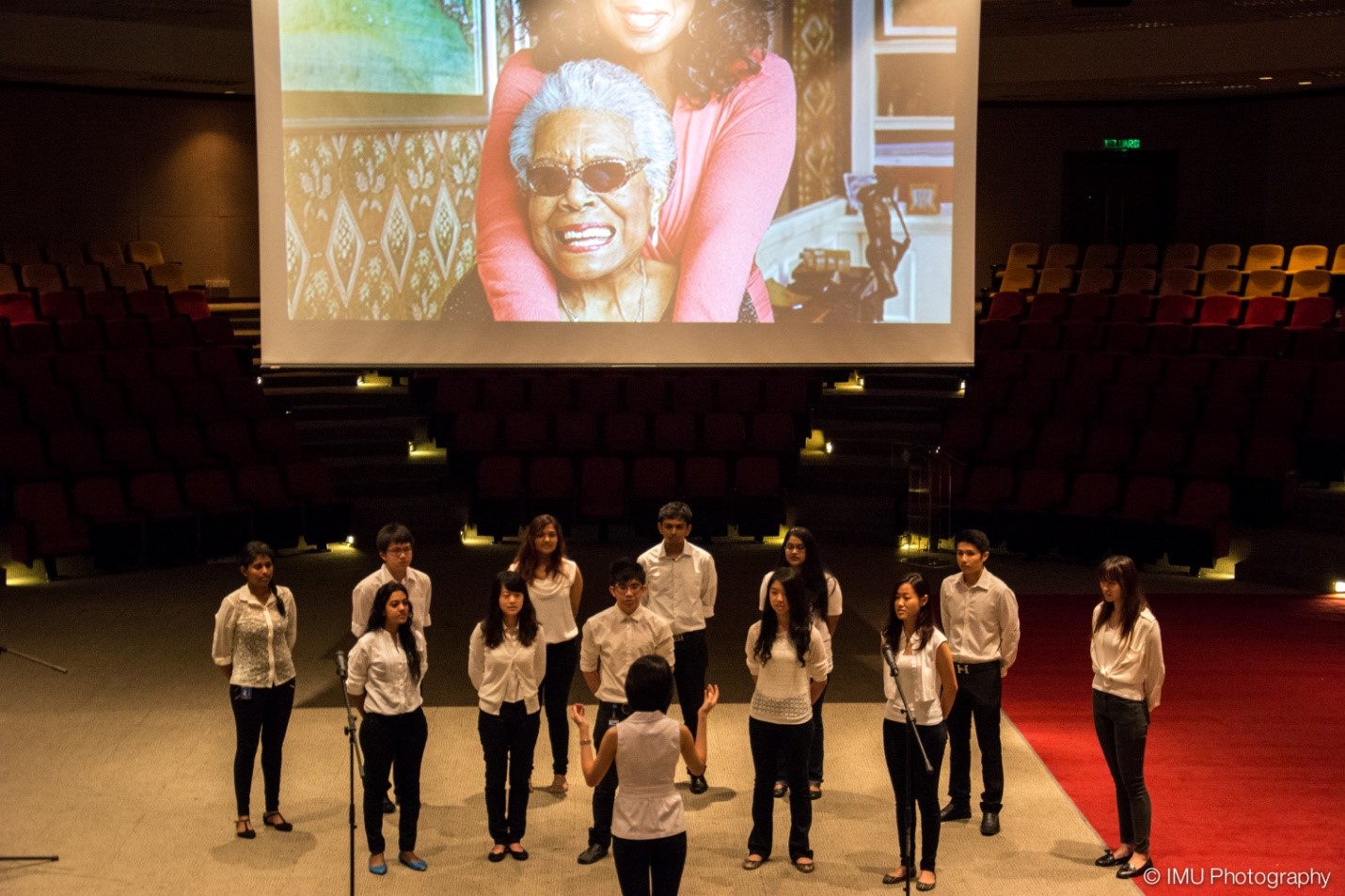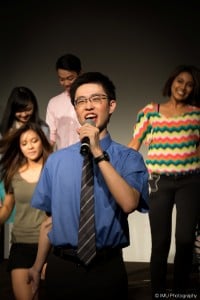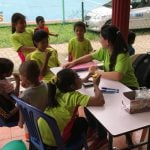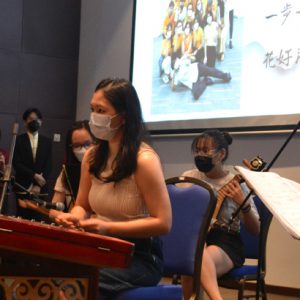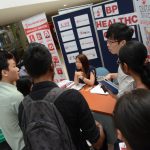21 June 2014 – As I walked into the university in the early hours, it was unusually buzzing with excitement. It was Saturday, 21 June, not even one of those busy weekdays. Humanities Day was already creating its effect on my colleagues. The event being the first of its kind, organised by the Language, Communication and Culture Department at IMU, was aimed at creating awareness of the interplay between the humanities and medicine. The five modules offered covered the disciplines of history, literature, theatre, visual arts and language. As a final project, students were required to present creative forms of communication through drama, choral reading and debate as well as exhibit their creative works through booth presentation for all to view and participate in. 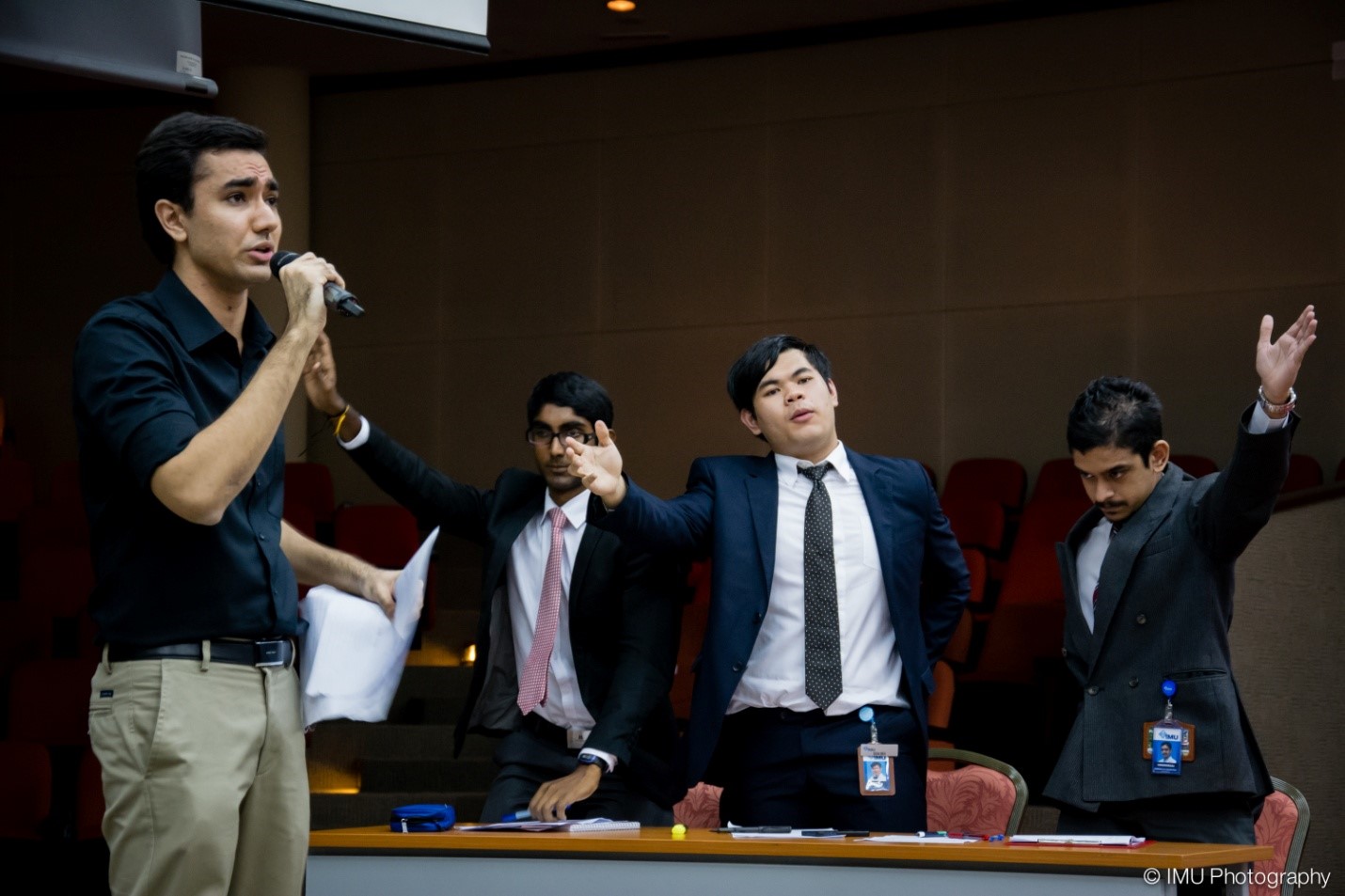
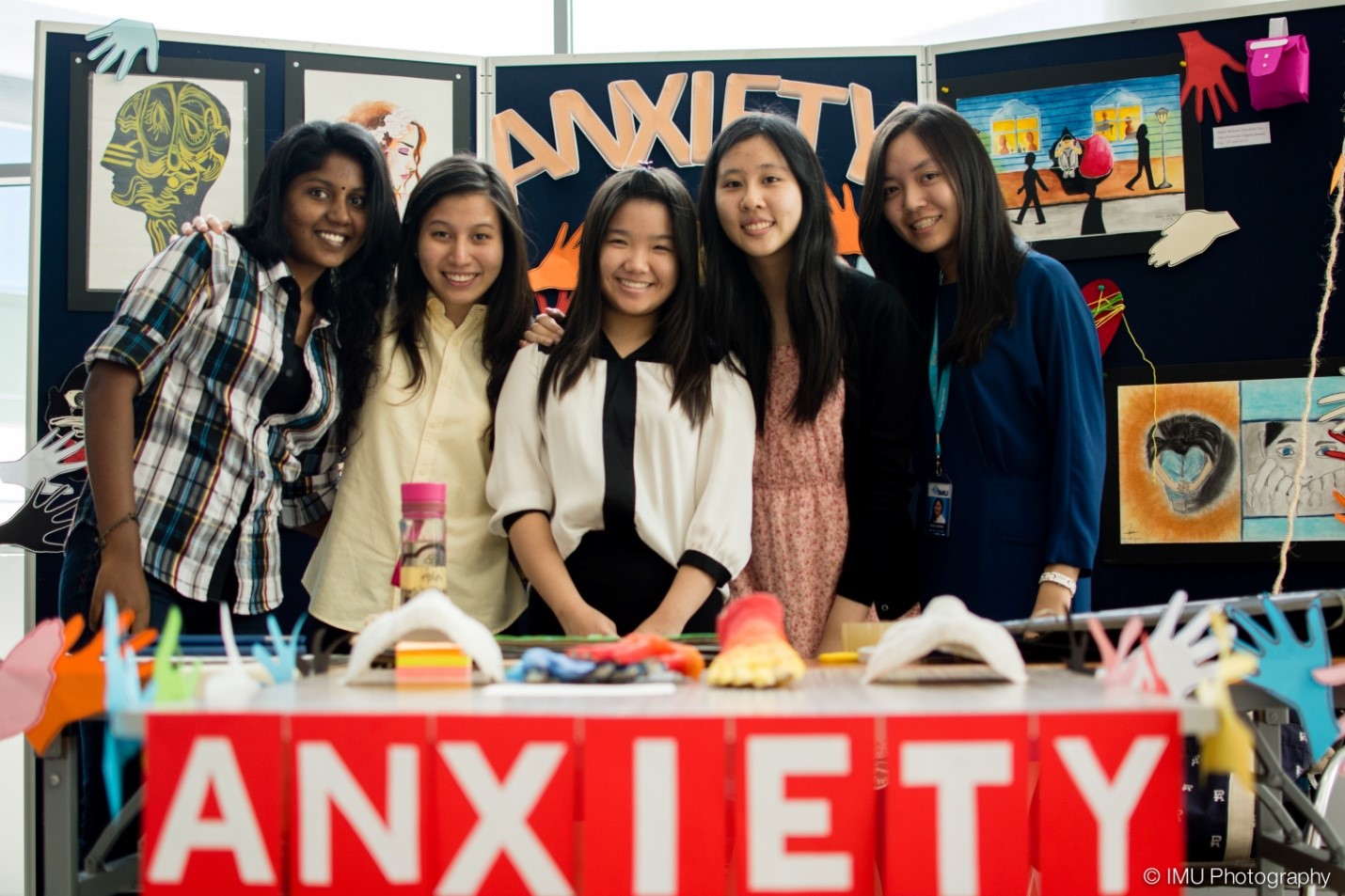
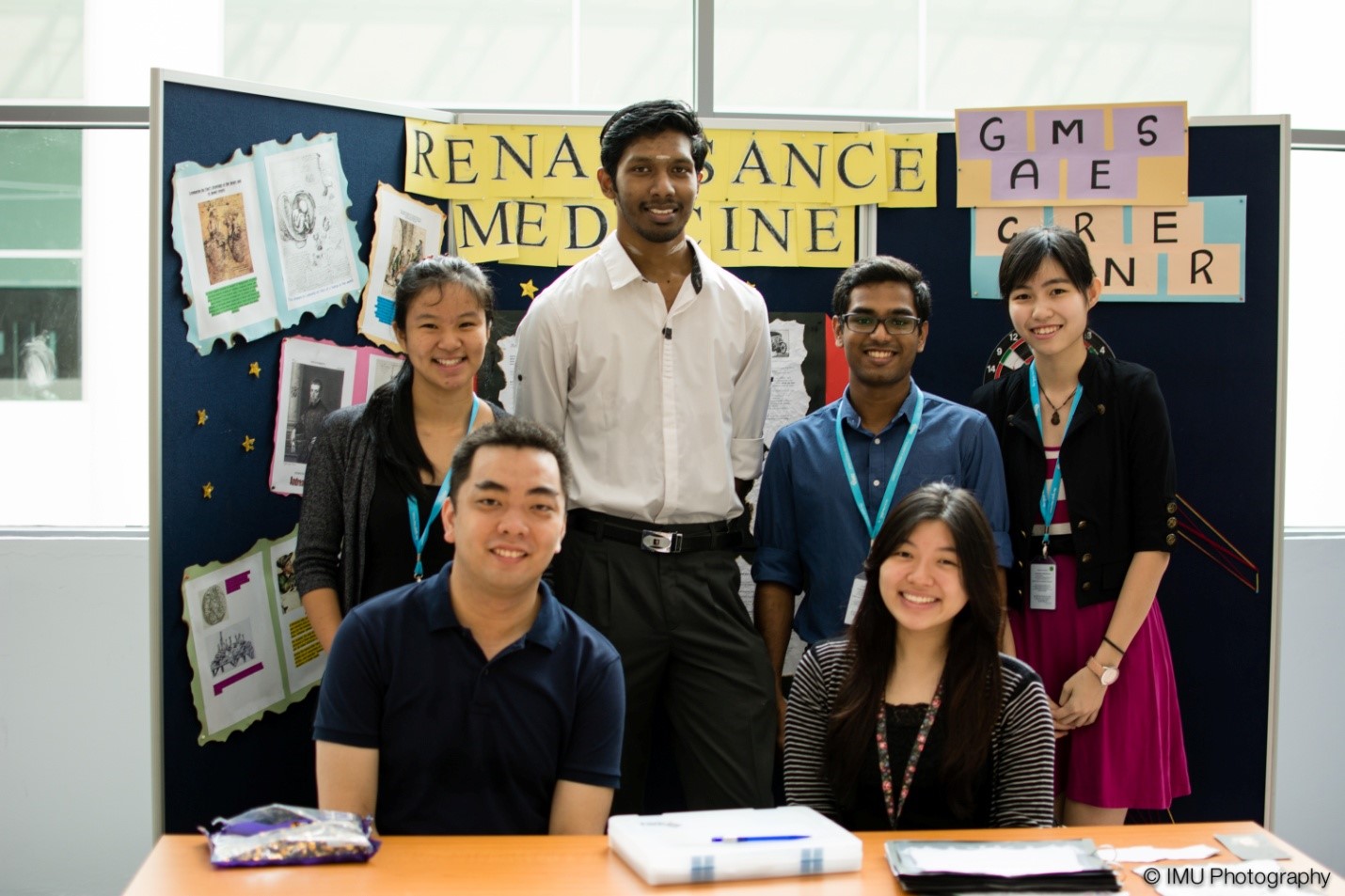 After we made our way to the auditorium, the proceedings started with inspirational choral readings ‘Still I Rise’ and ‘When Love Arrives’, two well-presented and entertaining poems that moved the audience with its brilliant delivery and choreography. An intense debate took place thereafter with speakers arguing the extent of the reliance a doctor must have on technology. As medical students, we watched as six of our colleagues battle it out to prove that their case is valid. Proving their opponents wrong with strong points and occasional humor, the teams left the audience silent and thoughtful at the end. As the debate adjudicators deliberated on the winners another stunning choral reading of the poem ‘The Unborn’, a saddening story of a still birth melted our hearts.
After we made our way to the auditorium, the proceedings started with inspirational choral readings ‘Still I Rise’ and ‘When Love Arrives’, two well-presented and entertaining poems that moved the audience with its brilliant delivery and choreography. An intense debate took place thereafter with speakers arguing the extent of the reliance a doctor must have on technology. As medical students, we watched as six of our colleagues battle it out to prove that their case is valid. Proving their opponents wrong with strong points and occasional humor, the teams left the audience silent and thoughtful at the end. As the debate adjudicators deliberated on the winners another stunning choral reading of the poem ‘The Unborn’, a saddening story of a still birth melted our hearts.
Walking out of the auditorium, we admired the two separate exhibitions put up – ‘Memories in Medicine’ and ‘Healing Art’. The effort placed into the projects was extraordinary and informative as we learnt about the different eras of medicine and how various health conditions are visualised by our colleagues. To conclude an eventful and exuberant day, we experienced a delightful play showing the controversial issues of organ donation. This emotional performance brought the audience to the brink of tears. This article is written by Jasitha Chandrasena, a medical student in IMU.




